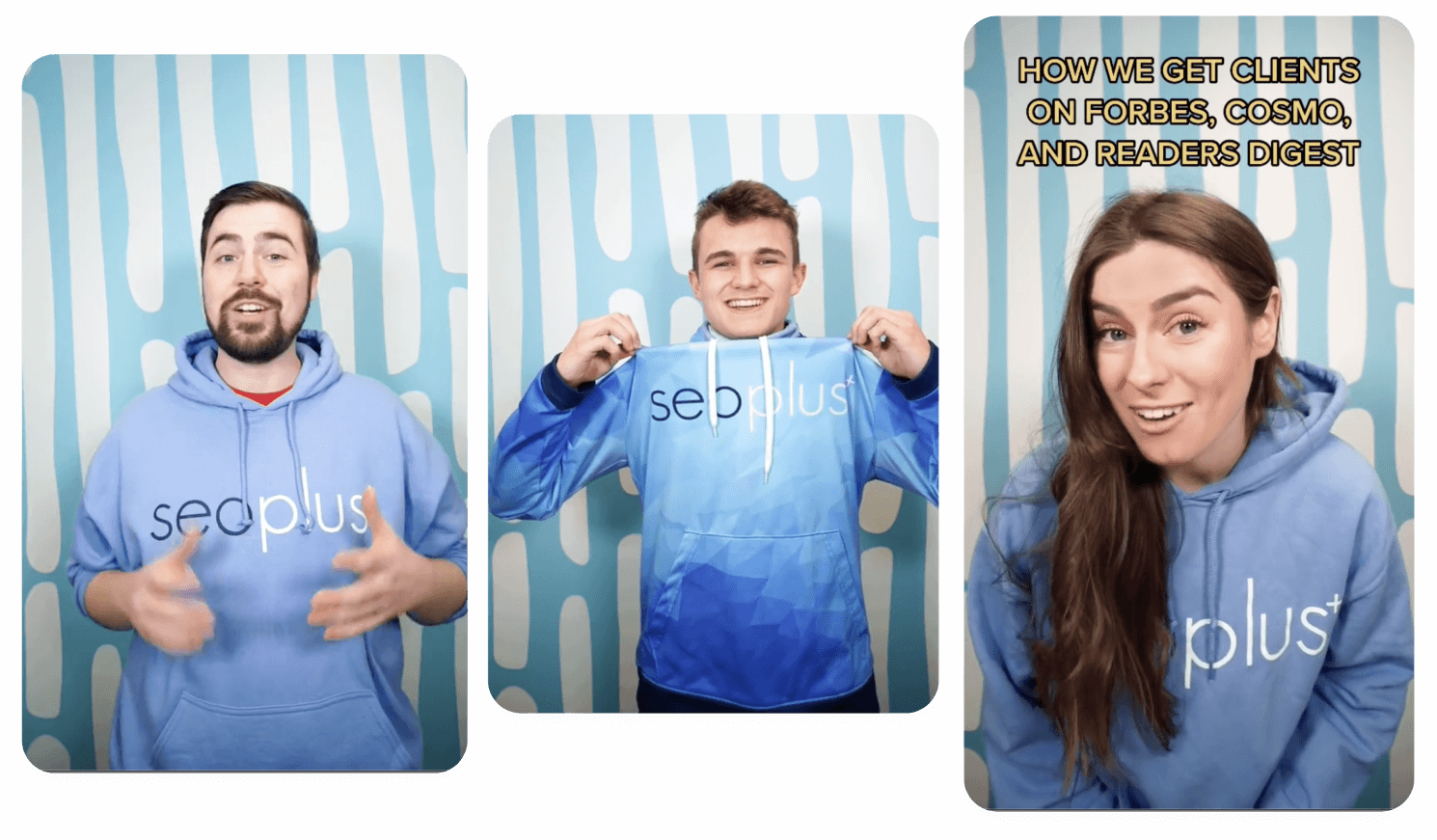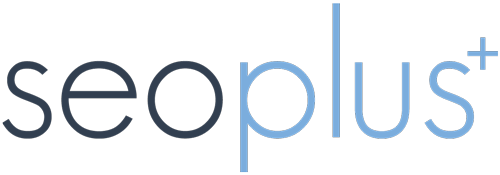What is reactive PR?
Public relations is all about storytelling. But I’m sure you’ve heard this many times before, so I won’t bore you with the same speech. However, crafting a story that carries considerable emotional weight, captivates the audience effectively, and offers an insightful perspective that the media wants to cover, remains challenging. Media monitoring has always been essential for connecting your brand with reputable outlets at the right time. Visibility and timeliness are two essentials in PR, but reactive PR takes it one step further. Media professionals are increasingly leveraging a range of platforms, press lists, and social media to contact experts for their insights on specific stories, and these experts (or their PR teams) are monitoring daily and diligently responding.
Reactive PR embraces the same key principles of media outreach that publicists have used in the past, such as understanding the audience, getting the right contact, perfecting the messaging, and making the pitch. Sounds easy, right? Well, not always…
As journalists’ inboxes remain full of pitches from relevant and irrelevant experts and PRs, it can be difficult to cut through the noise. Various platforms have come to fruition to help solve this issue. Two of the most popular now are Help A Reporter Out (HARO) and Qwoted. Each attempt to foster a more direct line for PRs, experts, and journalists to connect and collaborate on stories. Let’s take a better look at what these journalist requests look like and some best practices for PRs to ensure they hit the mark.
The different platforms….
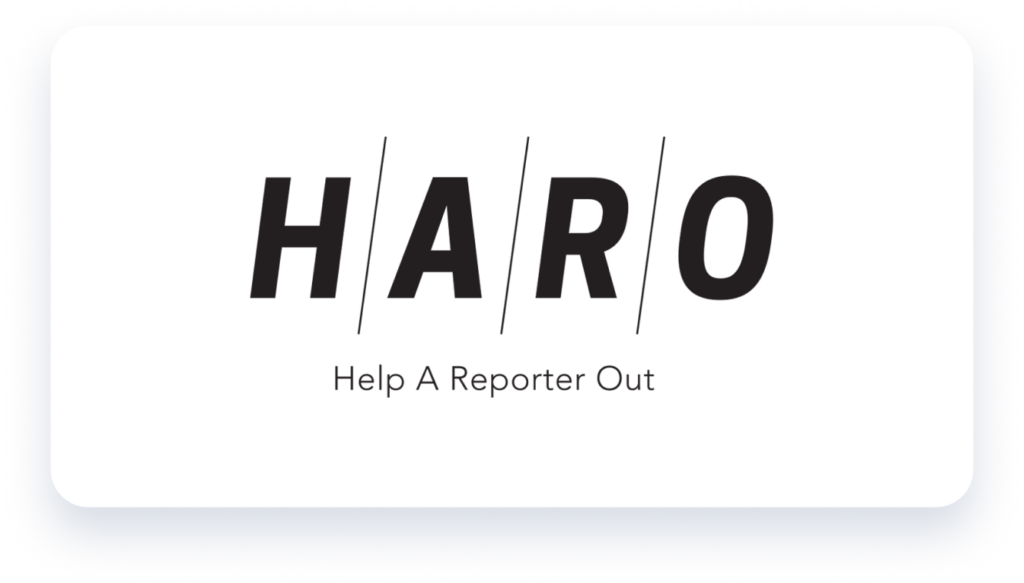
A brief history of HARO
The Help A Reporter Out (HARO) platform, now known as Connectively, carries its definition in its name—connecting journalists to experts who can provide authoritative insight into their topical stories. While HARO started as a small group on Facebook, the simple yet effective concept skyrocketed in popularity, and eventually, the idea grew too big for the social media platform. By 2008, HARO switched to email subscription lists where journalists could post their queries in advance, be given a unique temporary email for experts to reach them at, and then sit back and wait for the responses to roll in.
Conversely, experts and PR pros alike would sign up to receive the email list three times a day and can scan to match any queries to their niche or client’s expertise. Once you find one you like, you get to write up some responses for the journalists who will hopefully find your answers fascinating enough to include in their article—of course, with credit to you and hopefully a link back to your business’s website.
At the time of writing, HARO continues to operate three times a day, five days a week, sending email lists of media requests to PR folk, experts and anyone else who signs up for the free service, but will soon become an extension of the interactive Connectively platform. While some thought the development of HARO would make PR agencies obsolete, the savviest communications professionals knew how to work HARO to their—and their client’s—advantage.
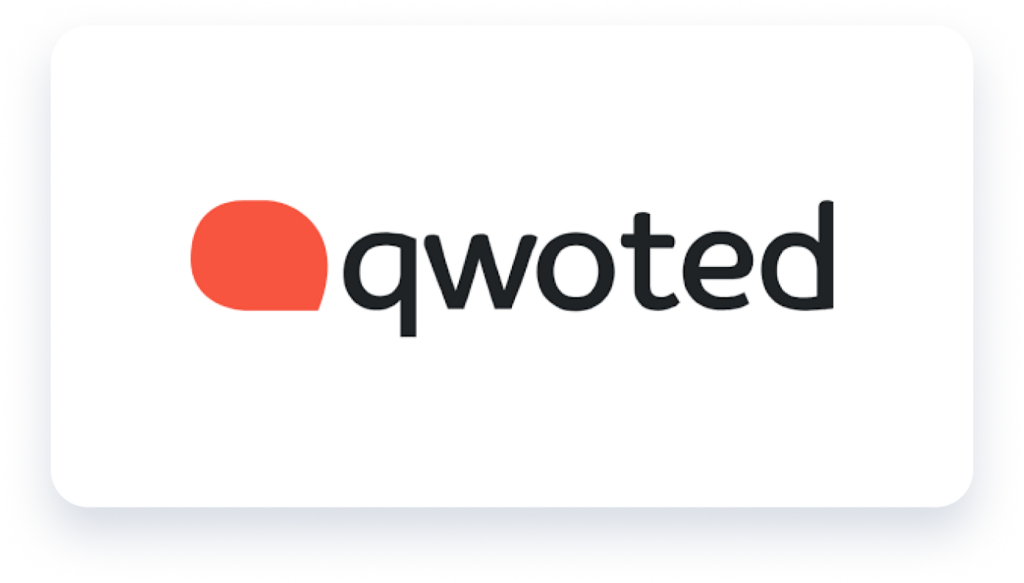
Qwoted
Similarly, the Qwoted platform was launched in 2019 as a direct competitor to HARO, now with more than 100,000 journalists, PR professionals, and experts on the platform. Qwoted benefits massively from its interactive platform, allowing journalists to represent publication pages, PRs to represent multiple expert profiles, all while facilitating direct messaging between users. Messages can start when a reporter answers a pitch, or PRs have the option to reach out directly through Qwoted’s new €˜Meet the Media’ page. The platform continues expanding free and paid features to incentivize user engagement, which has worked so far. Many reporters, journalists, and PRs are now operating on both HARO and Qwoted.
Qwoted is, however, a pay-to-play platform if you really want to stay competitive in increasing your media presence, you have to invest in products that will help you get this edge. With the free version, there is a limit to how many queries you can respond to in a month.
SEO practices on the platforms
As SEO best practices have developed alongside these platforms in the past ten years, the goal for every business owner and PR agency is that the accreditation for sharing insight comes in the form of a backlink to increase your Google search engine rankings. While never guaranteed, the success stories are plentiful, with businesses being featured on major news outlets and other high authority sites that reach their niche audience.
Even without the SEO prize of a do-follow backlink to your website, reactive PR serves as an excellent medium for increasing thought leadership in your industry. When a potential client or customer Googles you and the first search engine results page is filled with topical articles with insightful quotes from you as a business owner, your trustworthiness and credibility increase in their mind.
How long does it take to get results?
Responsiveness, patience, and understanding unpredictability are keys to apprehending the results timeline. One of the main criticisms of reactive PR platforms by practitioners is the time it takes to start seeing results for clients. It is not uncommon to make 10+ submissions and get back nothing but radio silence. Unfortunately, the publication timeline is often out of even the journalist’s hands. However, there is a recipe for success when pitching over HARO & Qwoted that can help ensure your insights are added to the drafted article and submitted to the outlet’s editorial team much faster.
Keys to success
- Personalize your pitch: Sending out the same three-sentence elevator pitch to every journalist will not work, especially if you open with “Hi there.” Instead, address the journalist by name and add a sentence about why your expert is perfect for this particular story. You are connecting with another human, so make it personal; take a few minutes to check out their profile and previous publications—make a genuine connection. You can also think of this as similar to a sales pitch, as you are “selling the story” of your business when looking for good press.
- Research the outlet and the author: Scanning their recent publications can give you a good idea of the expert insights they are looking to include. Are previous expert quotes factual evidence and straight to the point? Or are they more anecdotal and off-the-cuff? Whichever it may be, tailor your pitch accordingly.
- Be the expert they are requesting & introduce yourself right away: Even if you give the best personal finance tips a Business Insider journalist has ever seen, they are not going to use your pitch if you sign off the email, Dr. John Doe, Plastic Surgeon. Stay in your niche and immediately let the journalist know who you or your client are. One or two sentences with a link to the expert’s professional website or LinkedIn is all you need.
- Be concise and make it easy to read: There is nothing worse than a hard-to-read email full of grammatical and formatting errors that are a million words long. Some journalists will go as far as to delete these immediately. Even when working on a time crunch, be sure the email is easy to read and straight to the point.
- Focus on answering all the questions: The journalists asked the questions for the reason. Even if they seem redundant given your expertise, the story is likely for a general audience that needs the contextual information. It doesn’t take long to ensure each question has at least a sentence to answer it.
- Continue to build your network: When you do get a successful placement, don’t be afraid to follow up with the journalist if you have their contact information or if it is public knowledge. Thank them for the inclusion and ask to be added to their Press Request List. Journalists love having a list of experts handy that they can reach out to on short notice for comment, so you want to ensure you leverage yourself or your client in the best light to be a part of this.
Even when utilizing reactive best practices, results will inevitably vary by business type, with the constant unpredictability of the PR industry. With a strong pitch template and dedicating a specific time block to scanning for opportunities each day, you will be able to find a few queries per week in your niche to respond to and eventually land those high-authority placements. However, remember that it is essential to meet journalists at the right place at the right time, so consider these aspects when creating your strategy and when onboarding tools.
Results: Home improvement case study
Now, let’s check out some of our industries that really incorporate these best practices into their reactive strategy. When two of our best-performing industries were onboarded with the combination of the HARO and Qwoted platforms, their results skyrocketed. But don’t take my word for it. Let’s look at some real results of the home improvement and fashion industries:
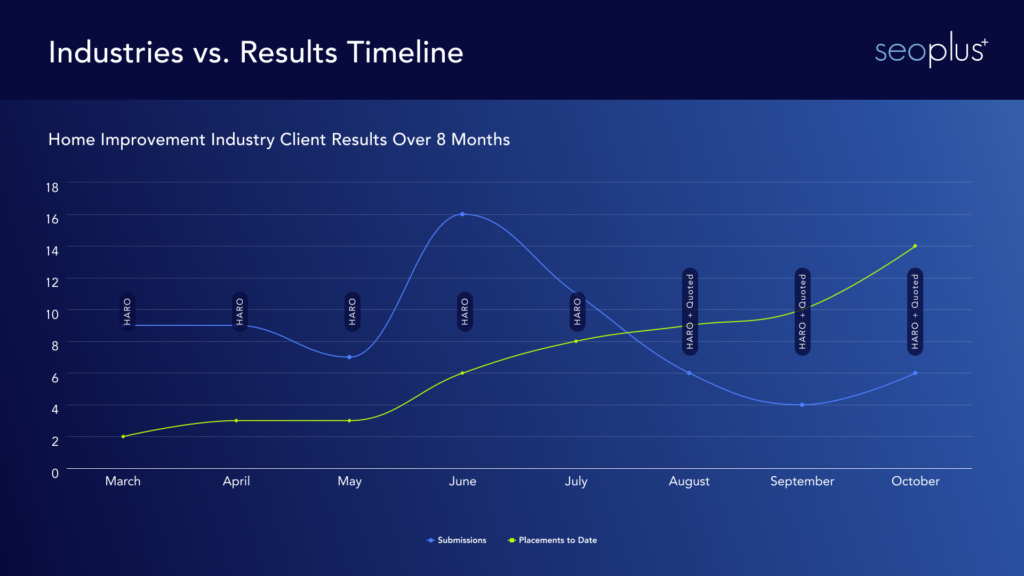
Journalists and editorial teams are constantly looking for experts in the home improvement space who can help real people with real challenges around their homes. This makes sense as these lifestyle publications can often rank high for a variety of common search queries such as “How do I mount my TV?” or “What is the best portable air conditioner?”
This is a snapshot of an ongoing campaign over the course of eight months in 2023. Until month six, the client succeeded with HARO-only efforts, securing 1-2 placements a month. Once the client was onboarded for HARO and Qwoted, the placements to date continued to rise to an impressive 14 placements over the course of eight months.
What is more interesting, however, is that the actual efforts on the account dipped as increased efforts in submissions (16 in June) allowed placements in publications to continue through the following months without a need for more constant outreach.
These trends in results can be attributed to a combination of factors, including rolling publication timelines, building connections with journalists, and finding better targeting of opportunities that are most likely to deliver a successful placement and, even better, the links passively build themselves.
Results: Fashion case study
In contrast, the fashion client was a client who got impressive results once using a combination of HARO & Qwoted.
This graph shows how a campaign that started in March of 2023 garnered six media placements over eight months.
This client’s niche was fashion, as they were the founder of their own bespoke shoe brand. The fashion industry, in general, is a prevalent topic for lifestyle brands such as Bustle, Best Life, and TIME Stamped, and the submissions trend above shows anywhere from 6 to 14 applicable opportunities per month were pitched for this client.
By showcasing the fashion expertise of their founder, who could speak on various topics, by month six the client had two successful placements. Up to month six, only HARO was used; after that, a combination of both services was used. Additionally, the number of submissions hit an all-time high after using a combination of the two services.
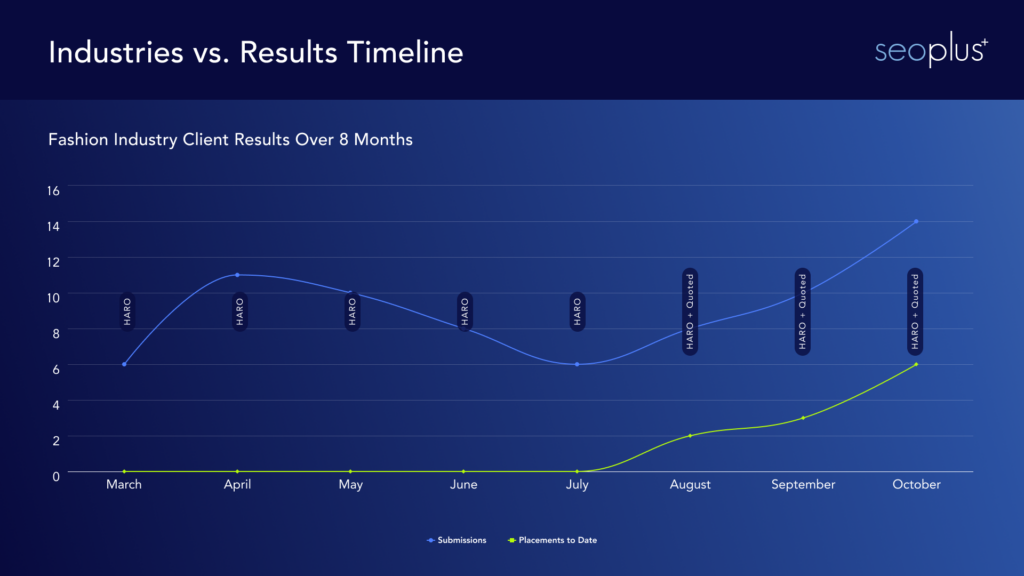
Every industry will be different, and no two paths to PR success will be the same. Additionally, reactive PR platforms are still developing and finding new ways to facilitate the process for PRs and journalists alike. While HARO and Qwoted may be leading reactive PR strategies into 2024, there is no telling what is to come.
So, which platform is better?
The digital PR landscape is constantly changing with new innovative platforms, like Qwoted, but many are still using traditional channels, such as tags on social media, to find experts and journalists. Being successful in Digital PR means being adaptable to the evolving landscape and utilizing traditional and innovative tools to generate high-quality results. As a PR practitioner, it’s about flexibility, quick pivots, and really meeting journalists “at the right place, at the right time.” So, as we stand right now, it is unsurprising that a combination of HARO and Qwoted has yielded the best results for client campaigns across different industries.
Use the experts
One thing is for sure: going into 2024, businesses must consider how reactive PR can play a role in their overall digital marketing strategy to increase brand awareness and their online media presence. It can be costly in terms of time and resources to constantly manage, write, and respond to the hundreds of requests from journalists daily. A qualified Digital PR team will be your secret weapon to take your off-page SEO efforts and thought leadership to the next level. In the long term, the results of your PR campaign can uplift you as an industry leader and go-to source for topical and accurate information in your niche. Whether you are an established B2B leader, early start-up, or small business, your company deserves ongoing brand recognition.

